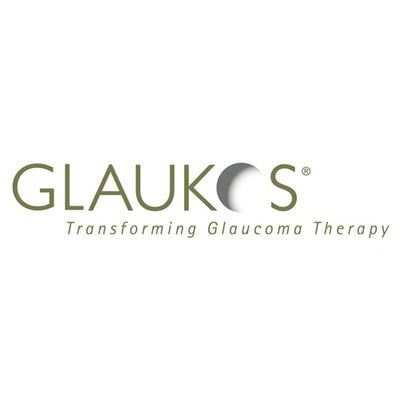预约演示
更新于:2025-05-07
Riboflavin Deficiency
核黄素缺乏
更新于:2025-05-07
基本信息
别名 ARIBOFLAVINOSIS、Ariboflavinosis、Ariboflavinosis (disorder) + [35] |
简介 A dietary deficiency of riboflavin causing a syndrome chiefly marked by cheilitis, angular stomatitis, glossitis associated with a purplish red or magenta-colored tongue that may show fissures, corneal vascularization, dyssebacia, and anemia. (Dorland, 27th ed) |
关联
4
项与 核黄素缺乏 相关的药物靶点- |
作用机制- |
非在研适应症- |
最高研发阶段批准上市 |
首次获批国家/地区 日本 |
首次获批日期1979-09-28 |
靶点- |
作用机制- |
在研机构 |
非在研适应症 |
最高研发阶段批准上市 |
首次获批国家/地区 日本 |
首次获批日期1971-10-20 |
靶点- |
作用机制- |
原研机构 |
非在研适应症- |
最高研发阶段批准上市 |
首次获批国家/地区 日本 |
首次获批日期1956-08-02 |
4
项与 核黄素缺乏 相关的临床试验NCT05687474
Universal Genomic Newborn Screening in the Wallonia-Brussels Federation: Baby Detect
Newborn screening (NBS) is a global initiative of systematic testing at birth to identify babies with pre-defined severe but treatable conditions. With a simple blood test, rare genetic conditions can be easily detected, and the early start of transformative treatment will help avoid severe disabilities and increase the quality of life.
Baby Detect Project is an innovative NBS program using a panel of target sequencing that aims to identify 126 treatable severe early onset genetic diseases at birth caused by 361 genes. The list of diseases has been established in close collaboration with the Paediatricians of the University Hospital in Liege. The investigators use dedicated dried blood spots collected between the first day and 28 days of life of babies, after a consent sign by parents.
Baby Detect Project is an innovative NBS program using a panel of target sequencing that aims to identify 126 treatable severe early onset genetic diseases at birth caused by 361 genes. The list of diseases has been established in close collaboration with the Paediatricians of the University Hospital in Liege. The investigators use dedicated dried blood spots collected between the first day and 28 days of life of babies, after a consent sign by parents.
开始日期2022-09-01 |
申办/合作机构 |
NL-OMON24874
Mitochondrial Coupling Efficiency, Respiration and Vitamin B2 status in Untrained and Endurance-trained Young Females
开始日期2019-09-01 |
TCTR20190907005
Comparative Study of Photodynamic Therapy with Riboflavin-Tryptophan Gel and 13% 5-Aminolevulinic Acid in the Treatment of Mild to Moderate Acne Vulgaris
开始日期2017-03-01 |
申办/合作机构- |
100 项与 核黄素缺乏 相关的临床结果
登录后查看更多信息
100 项与 核黄素缺乏 相关的转化医学
登录后查看更多信息
0 项与 核黄素缺乏 相关的专利(医药)
登录后查看更多信息
804
项与 核黄素缺乏 相关的文献(医药)2025-03-01·Poultry Science
Riboflavin improves meat quality, antioxidant capacity, muscle development, and lipids composition of breast muscle in pigeon
Article
作者: Ma, Jianyuan ; Li, Yipu ; Wang, Zheng ; Gao, Yusheng ; Zhang, Bo ; Xie, Shuxian ; Ma, Tenghe ; Li, Jing ; Shao, Yuxin
2025-01-01·Advances in Experimental Medicine and Biology
Riboflavin, Retbindin, and Riboflavin Transporters in the Retina
Review
作者: Zhao, Xue ; Naash, Muna I ; Al-Ubaidi, Muayyad R
2025-01-01·The Journal of Nutrition
Riboflavin Deficiency and Apoptosis: A Review
Review
作者: Zhang, Bo ; Tang, Jing ; Hou, Shui-Sheng ; Hou, Shuisheng
分析
对领域进行一次全面的分析。
登录
或

生物医药百科问答
全新生物医药AI Agent 覆盖科研全链路,让突破性发现快人一步
立即开始免费试用!
智慧芽新药情报库是智慧芽专为生命科学人士构建的基于AI的创新药情报平台,助您全方位提升您的研发与决策效率。
立即开始数据试用!
智慧芽新药库数据也通过智慧芽数据服务平台,以API或者数据包形式对外开放,助您更加充分利用智慧芽新药情报信息。
生物序列数据库
生物药研发创新
免费使用
化学结构数据库
小分子化药研发创新
免费使用




